Last week I talked about the best horror novels I read this year. It’s been a pretty good year for horror novels, all things told.
The horror genre is now and has always been my favorite. My heart lies there. It’s my emotional support genre. It started early, with an obsession with R. L. Stine. And it’s never gone away.
The books we’re going to be talking about today have played a large part in keeping my love of the horror genre alive. Some of them are classics. Some are more modern. Some I only just learned about this year, knocking some others off my list. All are creative, unique and a scary good time.
It being the Halloween/Samhain weekend, I hope that these books give you some inspiration for your own horrifying holiday reading.
The Stand by Stephen King
Alright, you knew this was coming. The Stand is one of my favorite horror novels of all time. It’s creepy, the characters are delightful. And after living through Covid 19 which is still very much going on and you should all get your updated booster shots the story is even more relevant.
Haunting of Hill House by Shirley Jackson
I am embarrassed to say that I only read this book this year. And I think I’ve said quite enough about how much I love Shirley Jackson. And how poetic this book is. And how I’ve been haunted by the phrases.
The House Next Door by Ann Rivers Siddons
I’m actually in the middle of rereading this book right now. And it’s still just as horrifying as the first time. The house, brand new and built with passion, creeps into the minds of its inhabitants and destroys them.
American Gods by Neil Gaiman
The show was good, the book was better. The author’s preferred text was even better than that.
Amityville Horror by Jay Anson
Still a creepy read, every time. It’s one of the best-known haunted house stories in America for a reason.
From a Buick 8 by Stephen King
I just re-read this one earlier this month. It’s a very soothing read. I think I have a soft spot for this one because it’s based near where I live.
Mexican Gothic by Silvia Moreno-Garcia
I’ve gone over and over how much I love this story and this author. Mexican Gothic continues to be the perfect blend of haunted house and dark romance.
World War Z by Max Brooks
The movie based on this book was horrible. It was just awful. Which is a shame because the book was great. Each chapter is the story of another survivor of the zombie apocalypse. Some are funny, some are scary, and some made me cry. All were great.
Coraline by Neil Gaiman
I think I’ve reviewed this one as well. Coraline is a dark fairy tale that feels like it’s just scratching the surface of a dark, never-ending world.
Lovecraft Country by Matt Ruff
I didn’t see the show, but I devoured this book. The stories were all beautiful, fit together well, and were eerie. If you haven’t read this yet, read it now.
That’s it for our list today. But I do want to hear from you. What’s your favorite horror novel of all time? Let us know in the comments.

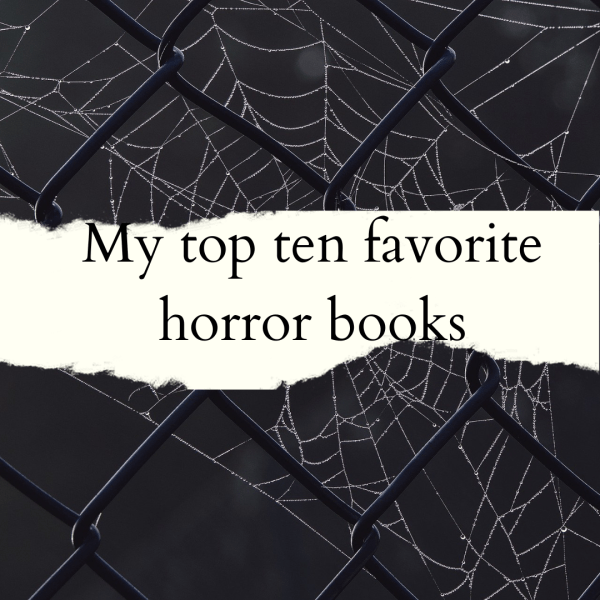
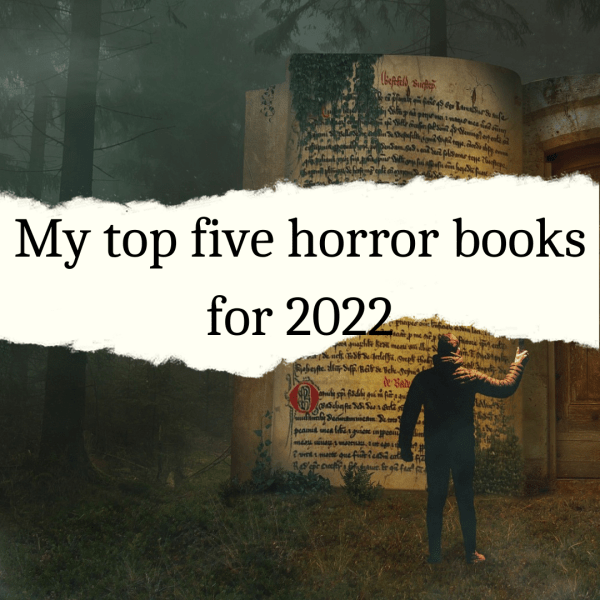




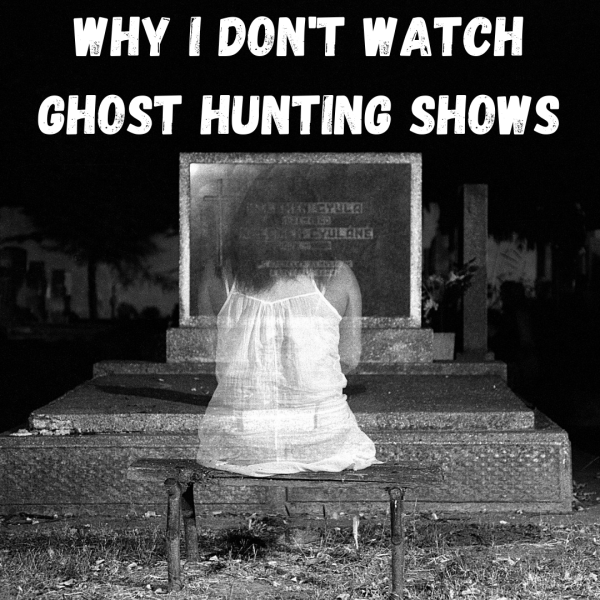

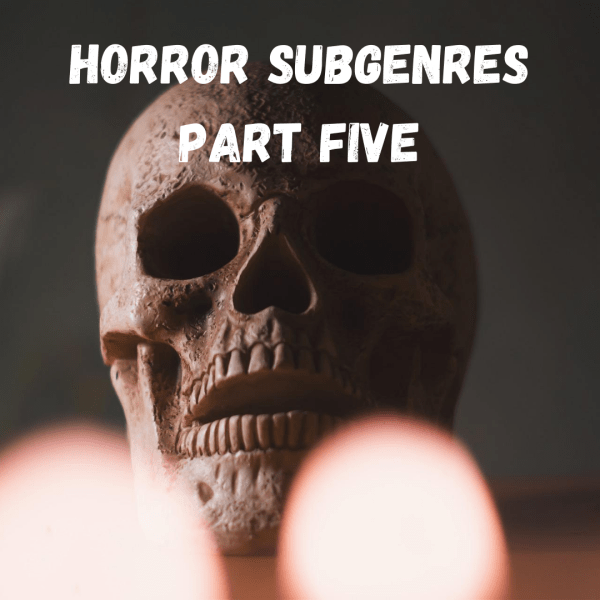

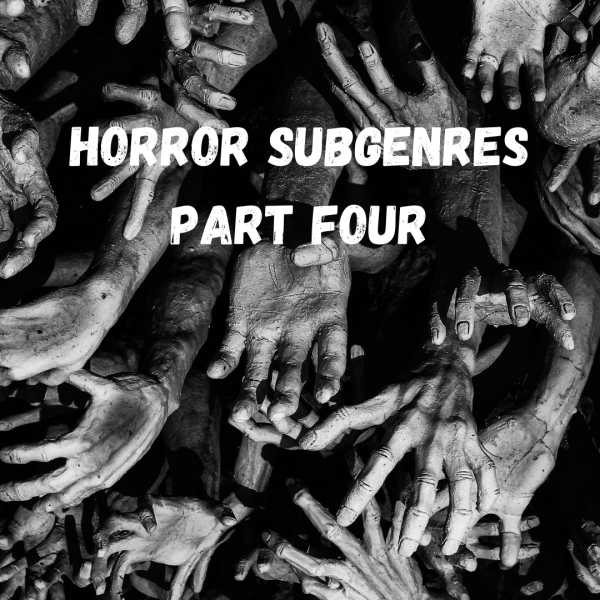





Recent Comments